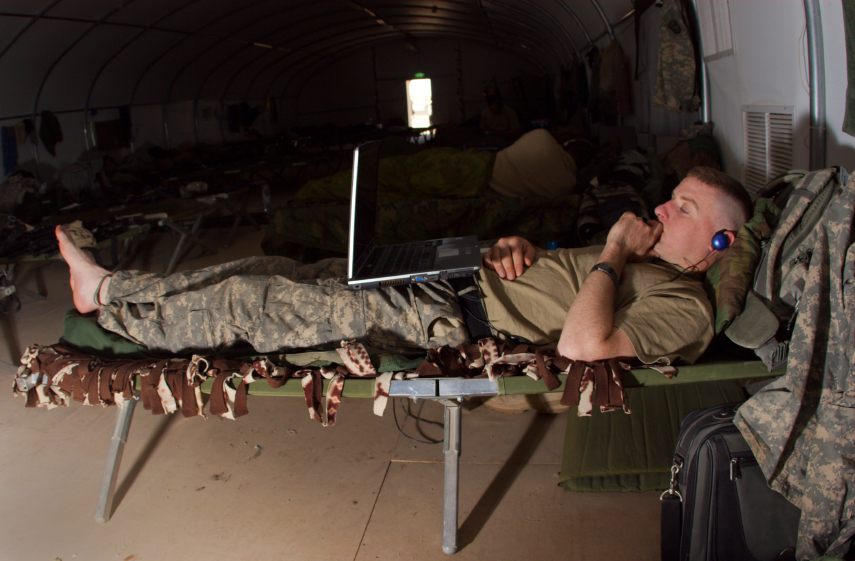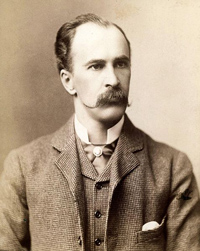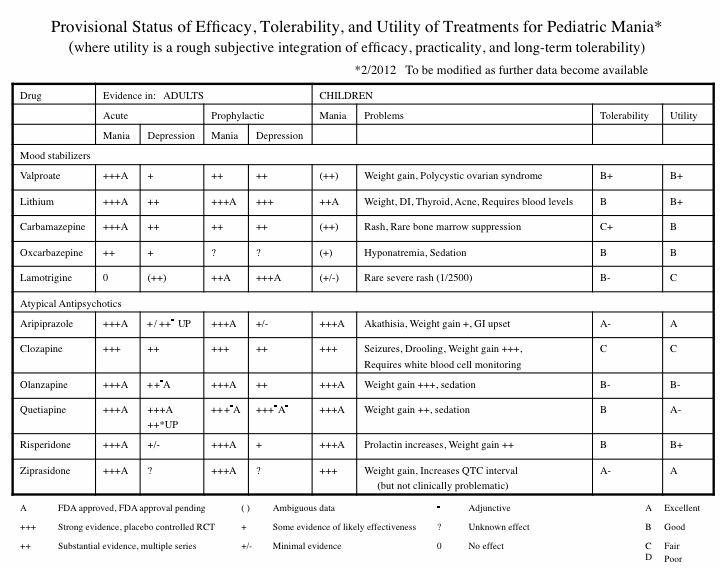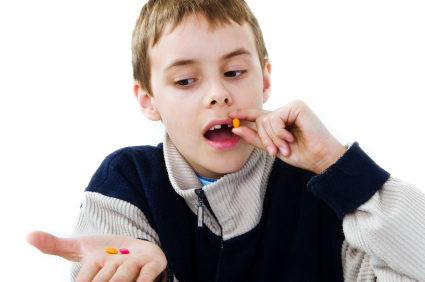A Paradigm for Treatment of Severe PTSD developed by Dr. David Bakish
In an earlier BNN we mistakenly attributed the protocol developed by David Bakish, a renowned Canadian psychopharmacologist, to another doctor named Vaishali P. Bakshi. Our apologies to both individuals.
Dr. David Bakish is Medical Director at the Ottawa Psychopharmacology Clinic and a Former Professor of Psychiatry at the University of Ottawa in Ottawa, Ontario. He shared with this editor his novel treatment strategy for patients with exceptionally profound degrees of post-traumatic stress disorder (PTSD), which, particularly among military veterans, can be compounded by traumatic brain injury. He has had a distinguished academic career with an extensive CV and credentials including membership in the International College of Neuropsychopharmacology (CINP), the Royal College of Physicians and Surgeons of Canada, and the Canadian and European Colleges of Neuropsychopharmacology. Most importantly he has had great success in treating large numbers of patients with severe PTSD. Treatment options based on placebo-controlled clinical trials are sometimes insufficient for the treatment of seriously ill patients. FDA-approved treatment for PTSD consists of serotonin-selective antidepressants, while exposure therapies (in which the patient is gradually exposed to more of the stimuli that triggered symptoms) are the recommended psychotherapy, but these methods often leave patients highly disabled. We relay Dr. Bakish’s treatment strategy with several caveats.
Most of Bakish’s suggestions are “off-label” treatments for the treatment of PTSD or traumatic brain injury, i.e. treatments that are not FDA-approved for these purposes. In some of these instances, there is no controlled research to support the use of these drugs in patients with PTSD. Thus the ideas noted here are anecdotal, based on his personal experience, and have not been tested in controlled clinical trials. Accordingly, patients with their physicians must make their own decisions about any of the strategies reported in this or other issues of the BNN.
Bakish’s typical treatment algorithm goes well beyond the usual treatment guidelines to find solutions for hard-to-treat patients. Bakish first addresses sleep disturbance, which is almost universal in PTSD. He suggests the anticonvulsant levetiracetam (Keppra), for the hyperarousal and sleep disorder. He uses starting at doses of 125mg per night and increases by 125mg every three weeks. Read more
Comments on Treatment Conundrums
Clinical medicine is an art and as medical pioneer Sir William Osler declared, often involves “skillful use of combinations.” As the risks of inadequately treated illness increase, use of drugs with inadequately delineated benefit-to-risk ratios may be increasingly justified, such as in the case of memantine as recommended by Koukopoulos.
One should start early, effective, preventive pharmacological treatment of the recurrent unipolar and bipolar disorders. When this is not accomplished, an increasing number of unknowns enter the treatment equation, and as these illnesses enter more serious stages of recurrence, progression, and treatment resistance, the path to remission and wellness becomes increasingly complicated and relies on skillful management, guesswork, and good data from patients.
Given the multiple unknowns, patients can play an important role. They can be intimately involved in the decision-making, and provide precise feedback in the formal or informal longitudinal monitoring of mood, sleep, other symptoms, and side effects so that whatever is tried can be accurately assessed. A treatment with known efficacy is only worthwhile if it is effective in a given patient. When evidence of efficacy in the literature is more questionable, the evidence of effectiveness of a given treatment regimen in a given individual becomes all the more important to discern. We recommend that patients chart their mood and medications using the National Institute of Mental Health’s Life Charting Method (NIMH-LCM) or another type of personal calendar (we offer several on our Lifecharting page–see the gray horizontal menu above this article). This type of careful longitudinal monitoring method can help in the quest for an optimal treatment result.
Our old recommendation would appear particularly appropriate for this discussion. When things are going well (in the treatment of recurrent mood disorders), be conservative and stay the course. Conversely, when mood is not stabilized, be more radical and continue to explore new options until stability is achieved.
Efficacy, Tolerability, and Utility of Treatments for Pediatric Mania
The following table analyzes the information currently available about various treatment options (including treatments NOT yet FDA approved for the treatment of children):
Risperidone Trumps Valproate and Placebo for Treatment of Young Children with Mania
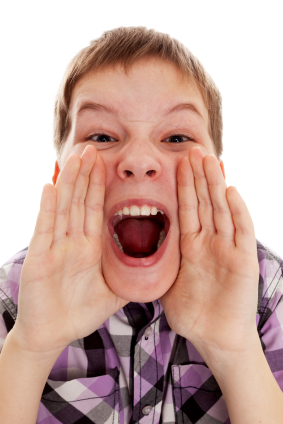 At another symposium at the annual meeting of the American Academy of Child and Adolescent Psychiatry, Bob Kowatch of Ohio State University discussed a controlled trial of valproate, risperidone, and placebo in children 3 to 7 years of age (average age 5.5) with a diagnosis of bipolar I disorder and a Young Mania Rating Scale score (YMRS) greater than 20 at baseline. All of the children were severely ill with an average Clinical Global Assessment of Severity (CGAS) score of 44. Seventy-six percent had comorbid attention deficit hyperactivity disorder (ADHD) and 15% had an anxiety disorder. Valproate doses started at 10mg/kg and were increased after 4 days to achieve blood levels of 80 to 100µg/ml. The average dose of valproate was 300mg/day and the average blood level was 88 µg/ml. Risperidone was started at 0.25mg and increased as needed. The average dose of risperidone was 0.5mg per day.
At another symposium at the annual meeting of the American Academy of Child and Adolescent Psychiatry, Bob Kowatch of Ohio State University discussed a controlled trial of valproate, risperidone, and placebo in children 3 to 7 years of age (average age 5.5) with a diagnosis of bipolar I disorder and a Young Mania Rating Scale score (YMRS) greater than 20 at baseline. All of the children were severely ill with an average Clinical Global Assessment of Severity (CGAS) score of 44. Seventy-six percent had comorbid attention deficit hyperactivity disorder (ADHD) and 15% had an anxiety disorder. Valproate doses started at 10mg/kg and were increased after 4 days to achieve blood levels of 80 to 100µg/ml. The average dose of valproate was 300mg/day and the average blood level was 88 µg/ml. Risperidone was started at 0.25mg and increased as needed. The average dose of risperidone was 0.5mg per day.
On the main outcome measure of decrease in the YMRS score risperidone was substantially more effective than placebo, while valproate showed only marginal nonsignificant effects. However on the Clinical Global Impressions (CGI) scale for improvement in illness, risperidone showed 87% response, valproate 75% response, and placebo no response. In terms of 50% reduction in the YMRS score, this endpoint was achieved in 88% on risperidone, 50% valproate, and 15% on placebo.
Weight gain was mild on valproate and substantially more on risperidone. Risperidone was also associated with increases in insulin and prolactin.
The effect size (the size of the change the drug brought about in this study, which is calculated by dividing the mean difference between the experimental group and the control group by the standard deviation) for risperidone was extraordinarily large (3.58); very large for valproate (1.66), and moderate for placebo (0.56). The odds of getting well were 5 times greater than placebo for risperidone and 1.9 times greater than placebo for valproate.
Editors note: These data in very young children (aged 3 to 7) resemble other controlled data in the literature about the treatment of older children and adolescents, indicating a superiority of atypical antipsychotics over placebo and a greater magnitude of effect achieved with atypicals than with valproate. Based on these new data and the Federal Drug Administration (FDA) approval of several atypical antipsychotics for children with bipolar illness from ages 10 to 17, Dr. Kowatch recommended a new treatment algorithm for childhood onset bipolar disorder. Read more
Childhood Bipolar Disorder Still Poorly Treated
Kathleen Merikangas of the National Institute of Mental Health (NIMH) gave a plenary presentation on developmental manifestations of the bipolar spectrum at the 2011 Pediatric Bipolar Disorder Conference in Cambridge, Massachusetts this past March, which was sponsored by Massachusetts General Hospital and the Ryan Licht Sang Foundation. There were several striking take-away messages from her epidemiological research. She found that:
- Rates of bipolar disorder in childhood were relatively similar to rates among adults
- Only 22% of youth with bipolar spectrum diagnoses actually obtained mental health treatment for their conditions
- There was no evidence that these children were being over-medicated, as some non-epidemiological reports had suggested
She also reported that those with subthreshold bipolar spectrum disorders, i.e. those not meeting strict criteria for BP-I (including full-blown mania) or BP-II (including hypomania for four or more days) still were very ill and had considerable disability and dysfunction.
Merikangas reported on interviews of 10,123 youth aging from 13 to 18 found in the National Comorbidity Survey Replication Adolescent Supplement (NCS-A), and found rates of illness among the youth similar to those seen in adults. However, these children with bipolar spectrum disorders were more than ten times more likely to be on antidepressants than mood stabilizers, and more than four times more likely to be on antidepressants than atypical antipsychotics, again suggesting these children were not receiving the treatments recommended by consensus guidelines.
Almost 40% of Children with Bipolar Disorder May Not Receive Necessary Treatment
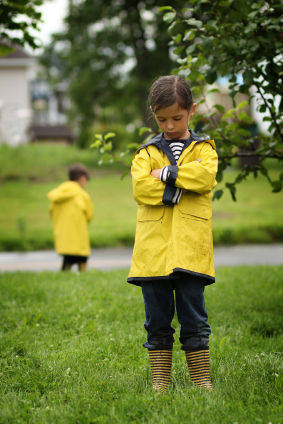 An article by Geller et al. in Bipolar Disorders last year illustrates the crisis in the treatment of childhood-onset bipolar illness in the US. The article indicates that almost 40% of the children with a credible diagnosis of bipolar disorder in this study never received anything near the appropriate treatment for their illness.
An article by Geller et al. in Bipolar Disorders last year illustrates the crisis in the treatment of childhood-onset bipolar illness in the US. The article indicates that almost 40% of the children with a credible diagnosis of bipolar disorder in this study never received anything near the appropriate treatment for their illness.
It is unfortunate when children fail to receive appropriate treatment because of ambiguity about a diagnosis, but it is even more frustrating when one of the world’s experts makes a diagnosis, and a child still fails to receive treatment based on consensus guidelines.
Over 8 years of follow-up treatment in their communities, these very ill children not only did not receive helpful drugs such as atypical antipsychotics or mood stabilizers, but they often received treatments that can be counterproductive, such as antidepressants or psychomotor stimulants. Those children who did receive appropriate treatment with lithium fared better and recovered significantly earlier than the others. Read more

